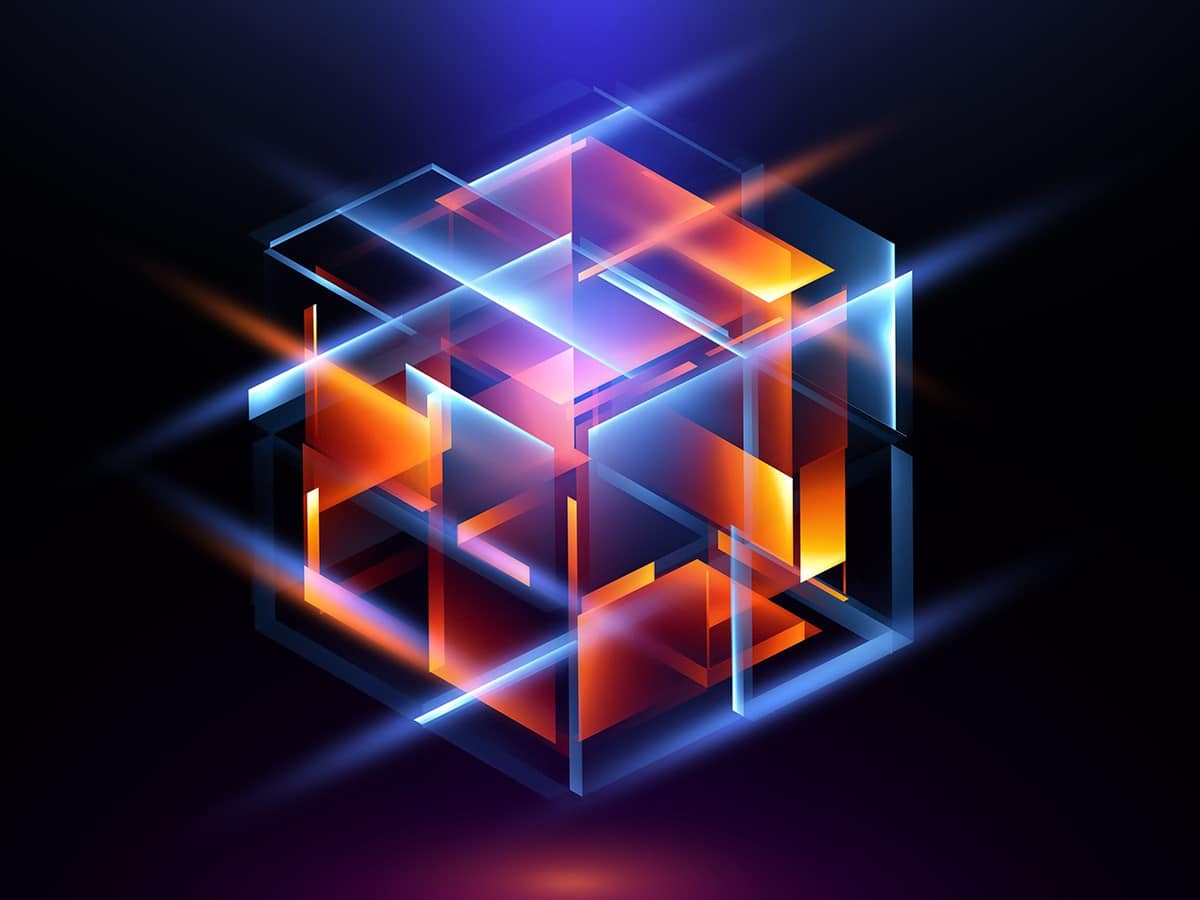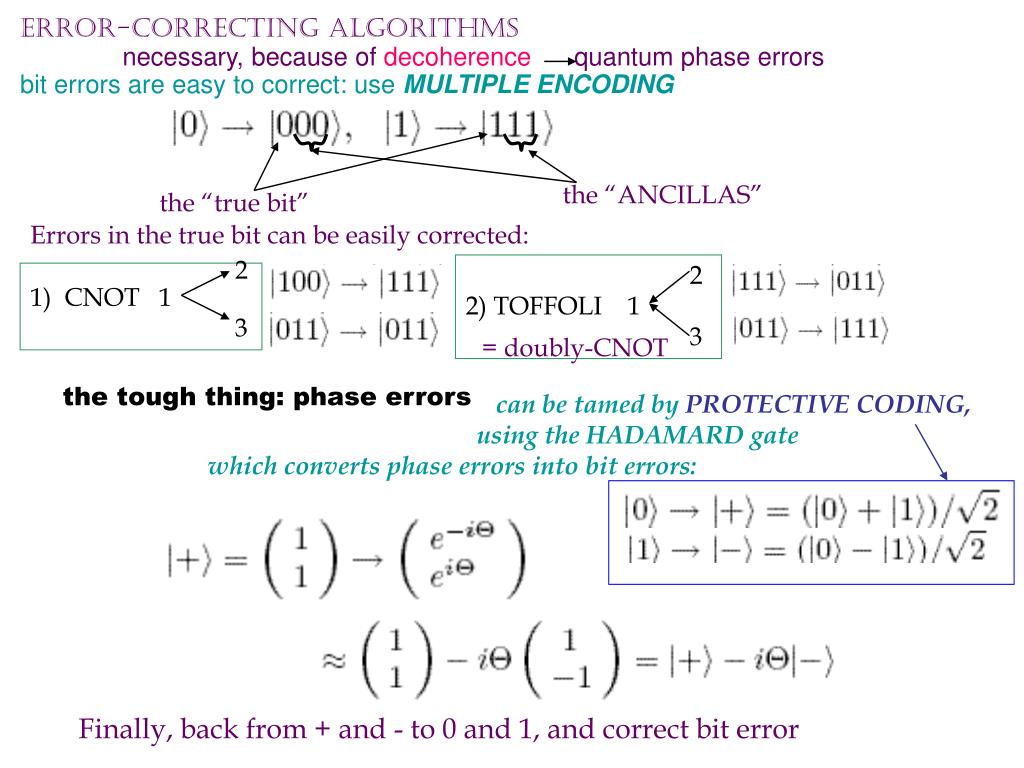


The spectator qubits would track changes in the environment, acting like the microphone contained within noise-cancelling headphones.

Theoretical physicists had previously proposed a solution using spectator qubits, a set of qubits that don’t store any necessary data but could be embedded within a quantum computer. “It’s a very daunting and difficult task to try to correct the errors within a quantum system,” said Bernien. In addition, if a scientist measures a qubit, to try to gauge the noise it has been exposed to, the qubit state collapses, losing its data. The problem is two-fold: Qubits easily change in response to their environment, which can alter the information stored inside them and lead to high rates of error. “With this approach, we can very robustly improve the quality of the data qubits,” said Bernien. “I see this as being very important in the context of quantum computing and quantum simulation.”Īs existing quantum computers are scaled up, the challenge of noise and error has grown. Hannes Bernien, who led the research, likens the new system to noise-cancelling headphones, which continuously monitor surrounding noises and emit opposing frequencies to cancel them out. The information gathered by such spectator qubits can then be used to cancel out noise in vital data-processing qubits.Īsst. The approach, described online in Science, relies on spectator qubits: a set of qubits embedded in the computer with the sole purpose of measuring outside noise rather than storing data. Now, researchers at the University of Chicago’s Pritzker School of Molecular Engineering (PME) have developed a new method to constantly monitor the noise around a quantum system and adjust the qubits, in real-time, to minimize error. A small perturbation in their surrounding environment- a change in temperature, pressure, or magnetic field, for instance-can disrupt their fragile computational building blocks, called qubits. Despite their immense promise to solve new kinds of problems, today’s quantum computers are inherently prone to error.


 0 kommentar(er)
0 kommentar(er)
